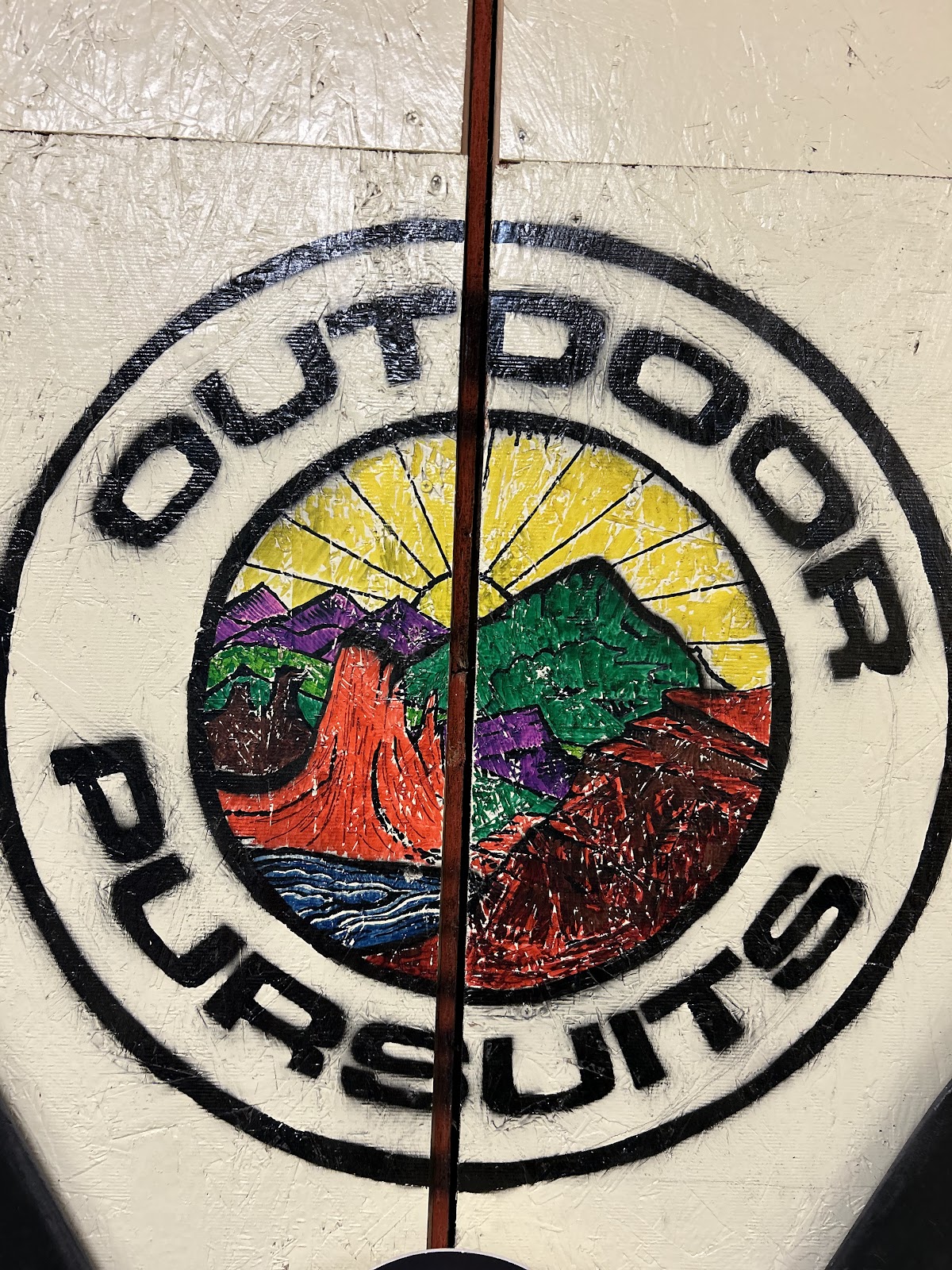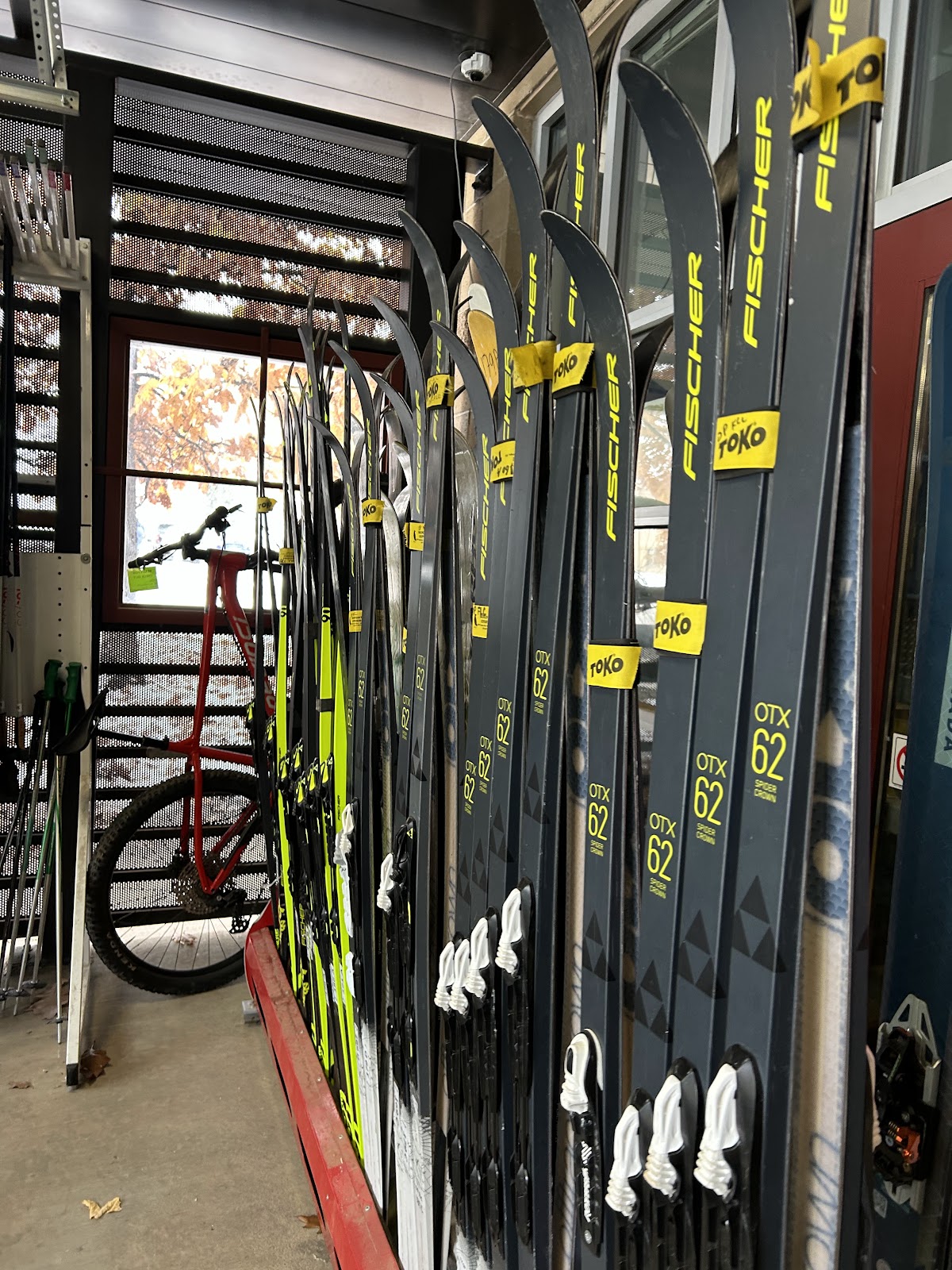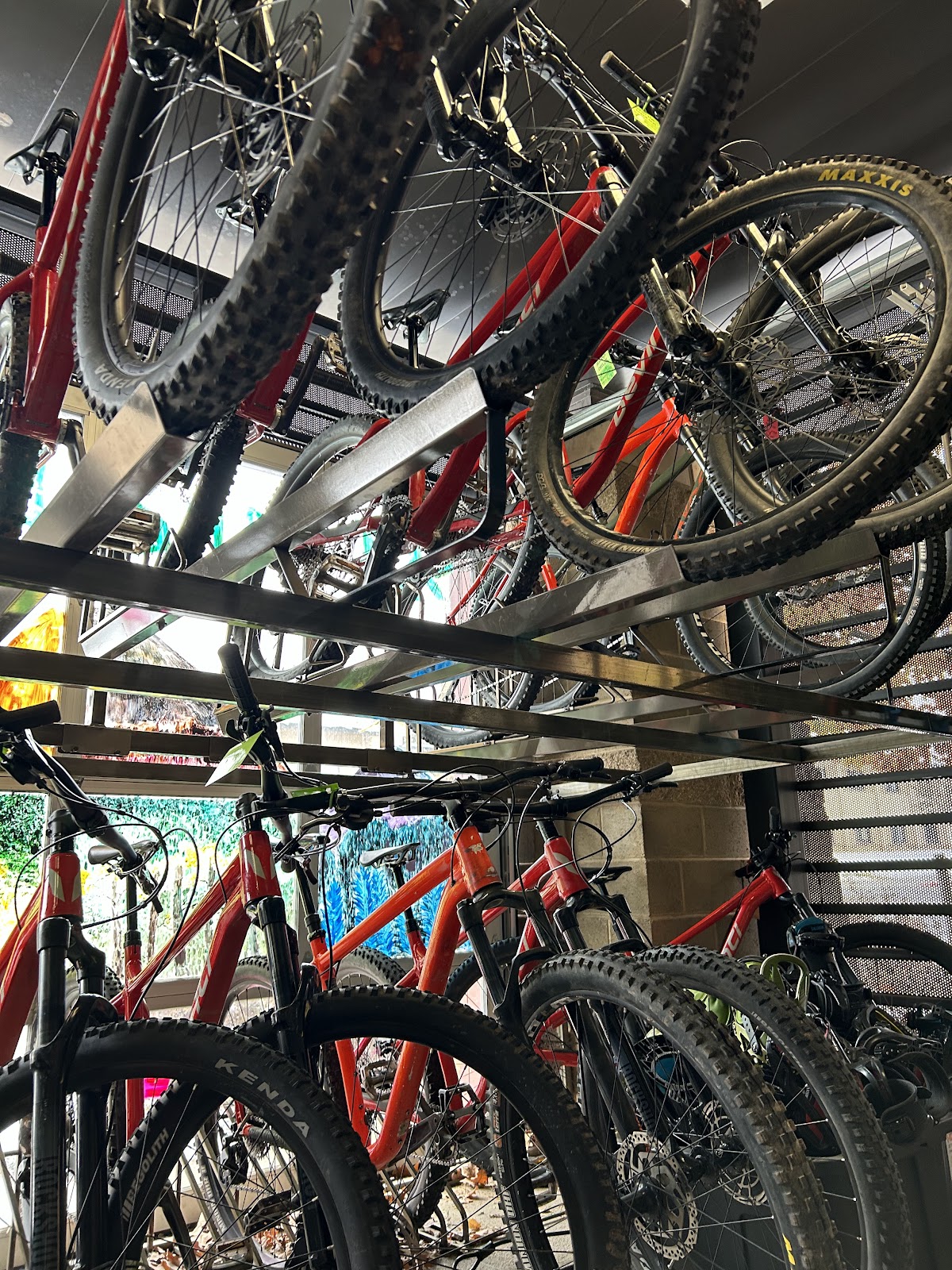Fort Lewis College, located in the mountains of Durango, sits right next door to expansive wilderness and is located near several state and national parks.
According to the 2023 Socioeconomic Research of National Park ServiceVisitors Data Collection, 91% of visitors were white, while 2% identified as Native American/Alaskan Native.
Fort Lewis, an Indigenous-serving institution, plays an interesting role in this.
FLC has a Native American population of 24%, as defined by the percentage of students with the Native American Tuition Waiver, which includes students who list more than one race but qualify for the NATW, said Nardy Bickel.
Outdoor Pursuits Coordinator, Kate Macklin, said, OP’s goal is that we are engaged with students at the same ratio that reflects the student population.

“Is OP there right now?” Macklin said. “Probably not, but we're getting there. We're always striving towards making this space, and the outdoors, a place students get to engage in the way that makes sense to them.”
Within FLC, Outdoor Pursuits provides students different resources to explore these parks and wilderness expanses.
Outdoor Pursuits was formed in 1977. OP worked with Fort Lewis College to create the Adventure Education Department, Lee Frazer, Chair of Adventure Education, said.
Mike Wagner, an adventure education teacher, said OP is one of the best outdoor recreation programs in the country, offering amazing opportunities and free equipment with an amazing outdoor classroom.
OP firmly believes all people should have the opportunity to recreate in the ways that feel right to them, Macklin said.
We aim to create opportunities that vary so that we can get as many students outside as possible, Macklin said.
Trevor Salt, a Student Outdoor Leadership Program Apprentice, said the outdoors serves as a great outlet to escape the daily grind, which is very important.
In 2021-2022, 10% of participants of OP trips were Native American, in 2022-2023, 14% of participants were Native American, in 2023-2024, 16% of participants were Native American, Macklin said.
This work is continual and ever-evolving and we are committed to it, Macklin said.
“We're working on strategic marketing to recruit students who are Indigenous,” Macklin said.
OP is seeing an increasing number of Native students utilizing the Indigenous Adventure Fund. OP is excited about this data but recognizes that we need to close the gap between 16% and 27%, said Macklin.
Kate Macklin said that the IAF enables OP to offer free trips to Native American students, effectively reducing financial barriers.

Macklin said that while money isn't everything, OP aims to eliminate financial barriers to access, through the fund.
“The reason that there is discrimination in the outdoors is because there is systematic oppression of marginalized groups,” said Gail Marcum, a second-year student who works at the OP gear shop, who learned this from Women, Race, and Class by Angelou Davis and Pedagogy of the Oppressed by Paulo Freire.
Systematic oppression stems from our governmental systems, which were built on foundations of racism, chattel slavery, discrimination, and colonialism, Marcum said.
The outdoors are inherently exclusionary for certain populations, Wagner said.
Factors like physical ability, age, economic status, geographical resources in the area, and more all play a role in that, Wagner said.
Frazer said that he wishes he could count more people of color, Indigenous people, and women in the adventure education department faculty.
Low-income communities struggle to access the outdoors due to the commodification of adventure, which suggests that top gear and training are necessary to participate, said Wagner.
In inner-city low-income communities, there’s less access to open spaces in natural areas, Wagner said.
A major barrier to outdoor inclusivity is the historical context of outdoor recreation, Frazer said.
While many outdoor sports and activities have Indigenous roots, their current form has largely been shaped by white male history, said Wagner.
The Anglo-centric view of outdoor recreation makes it less conducive to people of color and also marginalized people, like members of the LGBTQ community, said Wagner.
Historically, Native populations have been pushed off land to create National parks, said Frazer.
Imagine the issue like a faucet that releases water, leading to various effects, one of those being discrimination in the outdoor community; to address this, we need to tackle the root causes in the groundwater, Marcum said.
Marcum said the more achievable answer to creating outdoor inclusivity is civic engagement that puts people in power who have human rights and inclusivity on their agenda.
Lee Frazer said that inclusivity is partly about acknowledging and affirming differences.
Inclusivity means seeing, hearing, and understanding diverse perspectives and people, Marcum said.
Marcum said inclusivity is important to her because without different perspectives, she feels she will not grow, change, or learn.
One way the outdoors could be more inclusive is to reevaluate some of the curricula used in OP and AE and Fort Lewis on the Water to make it more interesting to Indigenous students, Wagner said.
She believes the outdoor industry can improve diversity efforts, as some seem ignorant about making outdoor spaces more inclusive, and even small actions, like petitioning to change racist or sexist route names, can make a significant difference, Marcum said.
Salt said growing up in a white community of Utah, he often felt intimidated on the trails, which affected his perspective and made it hard to see himself in those activities.
He hopes to be the connection for some individuals, maybe having someone similar to their background will inspire them to get involved in the outdoors, Salt said.
She thinks that creating a diverse community in the outdoors invites others who are diverse in, Marcum said.

“I think that outdoor recreation is a human right,” Frazer said. “I strongly believe that we all come from the outdoors. Every single culture has connections in the outdoors.”
Creating more parks near diverse urban centers could significantly influence access to recreation, research supports this idea, said Frazer.
As an outdoor leader, Salt said he hopes to provide participants with the chance to experience activities they may not have had the opportunity to try before.
OP has been very supportive of my cultural differences, and we always encourage students to approach us individually if they have any concerns or restrictions regarding the trip plans, Salt said.
Salt said he uses the outdoors as a medium to reconnect with his culture.
Macklin said the OP trip, specifically for Native American students to the Sand Dunes, is directly in collaboration with the Native American Center on campus.
The hope is that by creating an opportunity that is just for Native students, there will be more folks excited to go on the trip, said Macklin.
OP is in complete partnership with NAC in terms of trip location, and activity decisions as they are more closely in touch with Native students, said Macklin.
“We wanted to get their ideas, where they want to go, what are their students excited about?” said Macklin.
Additionally, OP attended a meeting of the Pueblo Alliance Club to get some of their opinions, interests and perspectives, Macklin said.
As trip leaders, we make an effort to research the specific locations we visit, aiming to have a basic understanding of the area and the cultures of the area, Salt said.
He hopes to promote more responsible recreation by encouraging OP participants to engage with and understand these cultures, said Salt.
Salt said many people have shared histories in the same locations, and different cultures attribute different meanings to these places.
Additionally, many sacred sites to different tribes are now visitor centers and national parks that attract tourists who often visit for recreation rather than to learn about the local culture, Salt said.
Kayleigh Warren, a transfer student, noted that her tribe, Santa Clara Pueblo, considers the Sand Dunes taboo.
Many tribes have numerous culturally significant locations, making it challenging to find a site that respects all traditions, Warren said.
She thinks it would be beneficial to involve NAC-affiliated students or Native American Registered Student Organizations in the location decision process, perhaps through a survey, to ensure diverse tribal perspectives are represented, said Warren.
Good ways to create increased involvement are larger amounts of outreach and representation within OP, Salt said.
OP is always open to suggestions and ideas, whether they're in person or anonymous, said Macklin.
We are here to serve students, and so we'd love to hear the students’ voices in terms of what they are excited about, said Macklin.
Macklin said there is a QR code outside the OP gear-shop that students can scan to give anonymous feedback.
Major movements start from grassroots initiatives, and while FLC is operating on a small scale, she hopes OP is planting seeds to make a positive impact on the outdoors, Macklin said